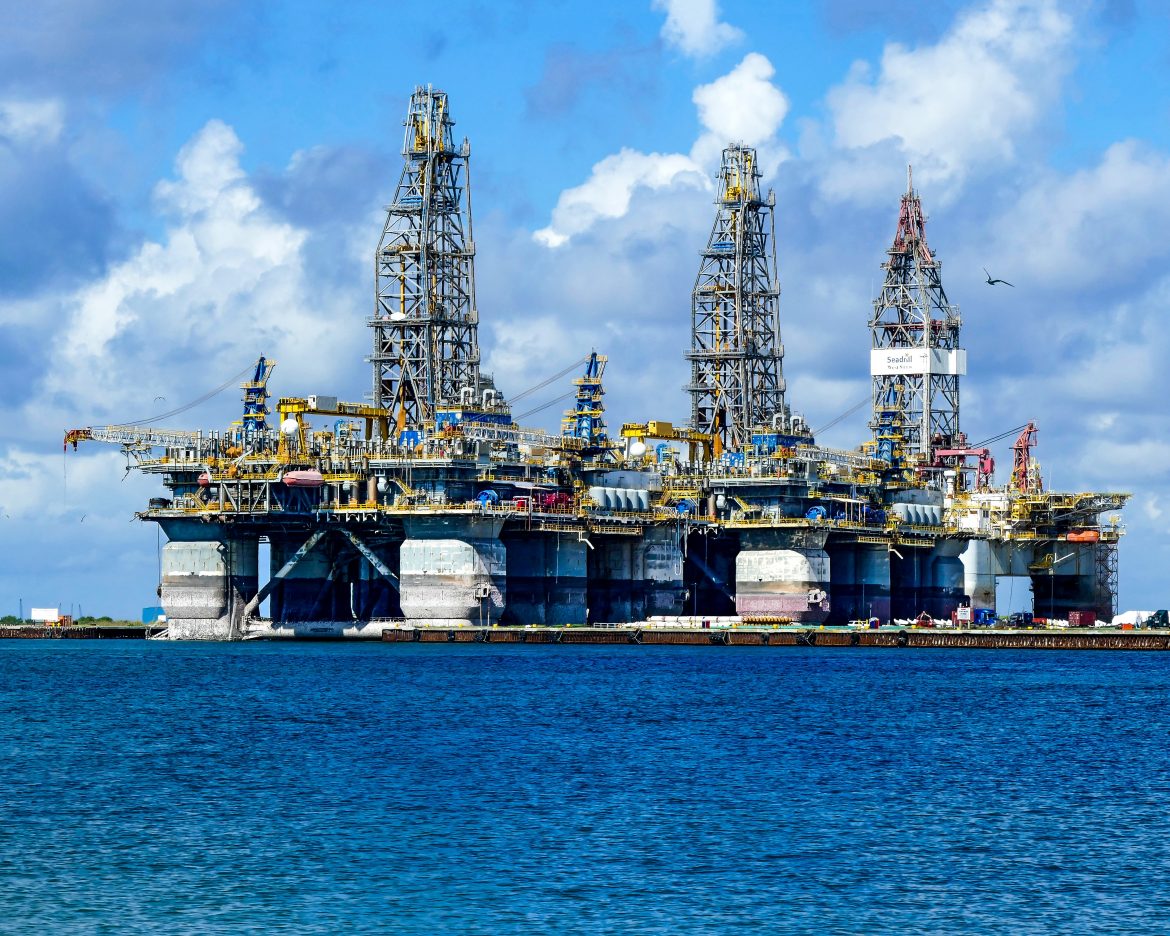India has emerged as the second-largest importer of Russian crude oil, purchasing USD 2.8 billion worth in July, according to a report by the newswire PTI on Friday. China remains the top importer of Russian oil, while India, the world’s third-largest oil-consuming and importing nation, has significantly increased its Russian oil imports since the onset of the Russia-Ukraine conflict.
The shift in India’s oil import strategy came about as a result of discounted prices offered on Russian crude following European nations’ decision to avoid purchasing from Moscow due to sanctions imposed after Russia’s invasion of Ukraine. Before the conflict, Russian oil imports accounted for less than one per cent of India’s total oil purchases. However, recent reports suggest that Russian imports now constitute nearly 40 per cent of India’s total oil acquisitions.
According to data from the Centre for Research on Energy and Clean Air (CREA), China currently accounts for 47 per cent of Russian crude exports, followed by India at 37 per cent, the European Union at 7 per cent, and Turkey at 6 per cent. In addition to oil, both China and India have also been purchasing coal from Russia. From December 5, 2022, until the end of July 2024, China bought 45 per cent of Russia’s coal exports, while India accounted for 18 per cent. Turkey, South Korea, and Taiwan rounded out the top five buyers list with 10 per cent, 10 per cent, and 5 per cent, respectively.
The report highlights that India was the second-largest buyer of Russian fossil fuels in July, with almost 80 per cent of its imports (valued at Euro 2.6 billion or USD 2.86 billion) consisting of crude oil. Official data cited by PTI reveals that India, which relies on imports for more than 85 per cent of its oil needs, spent USD 11.4 billion in July to import 19.4 million tonnes of crude oil.
The global oil market has seen some interesting developments in recent months. In July, the discount on Russian Urals-grade crude oil widened by 9 per cent month-on-month to USD 16.76 per barrel compared to Brent crude oil. Meanwhile, discounts on the ESPO grade and Sokol blends remained relatively stable at USD 4.23 per barrel and USD 6.11 per barrel, respectively.
The implementation of the price cap policy by the US and Western nations in late 2022 has had a significant impact on the transportation of Russian oil. According to CREA, in July, 36 per cent of Russian seaborne crude oil and its products were transported by tankers regulated under the oil price cap. The remaining 64 per cent was shipped by ‘shadow’ tankers, which are not subject to the price cap policy.
The price cap policy was introduced to maintain the prices of Russian oil in global markets while limiting Russia’s revenue from crude sales. Under this policy, Russian cargoes could only access Western services such as insurance and shipping for sales below USD 60 a barrel. However, to circumvent these restrictions, a dark or shadow fleet of oil tankers has emerged. This shadow fleet consists of second-hand and old oil tankers with unclear ownership structures, making it difficult to hold them accountable or ensure compliance with Western laws.
CREA reports that 81 per cent of the total value of Russian seaborne crude oil was transported by ‘shadow’ tankers, while tankers owned or insured in countries implementing the price cap accounted for only 19 per cent. This shift has led to a decrease in Russia’s reliance on tankers owned or insured by G7 countries, potentially impacting the coalition’s ability to lower the price cap and affect Russia’s oil export revenues.
The growth of the shadow fleet and its increasing role in transporting Russian oil presents new challenges for international efforts to regulate and monitor the global oil trade. As these developments continue to unfold, they are likely to have far-reaching implications for global energy markets, geopolitical relationships, and efforts to enforce sanctions and price cap policies.



